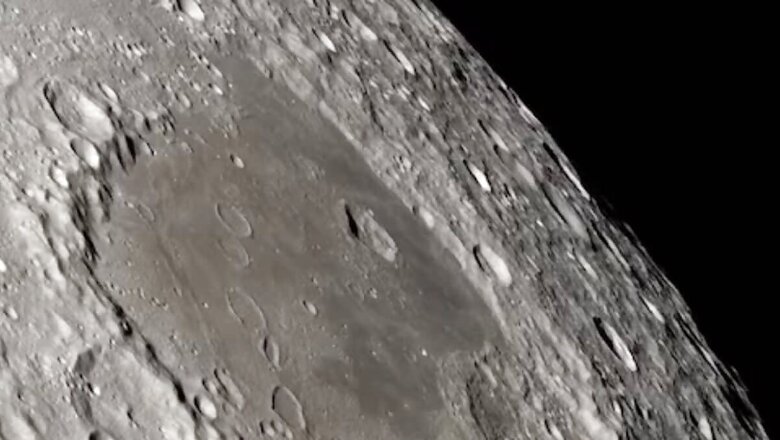
views
Humans colonising the moon have been a subject of debate for decades among the scientific community. It is crucial to bring to notice that life may already be flourishing on the lunar surface. And no, we are not talking about indigenous life but the possibility of a spacecraft crash unleashing creatures from earth to the moon. Allow us to explain. Shortly before midnight on April 11, 2019, all attention at the Israel Aerospace Industries mission control centre in Yehud, Israel, was focused on two large projector screens. On one screen, data from Beresheet — the lunar lander — was streaming back to Earth, set to make history as the first private spacecraft to touch down on the moon. Simultaneously, the other screen displayed a basic animation of Beresheet’s engines firing as it prepared for a gentle landing in the Sea of Serenity. Mere seconds before the expected landing, the data stream on the left screen ceased. Mission control lost communication with the spacecraft, leading to its subsequent crash on the lunar surface.
The space vehicle transported the inaugural lunar library from the Arch Mission Foundation, which comprised a compact archive the size of a DVD. This archive held 30 million pages of information, samples of human DNA, and numerous tardigrades, the microscopic resilient organisms known as “water bears” — capable of surviving in nearly any environment, including space. Following the crash, the question that lingered in scientific minds was did the crash just smear the toughest animal in the known universe across the surface of the moon?
It is said about these small creatures, about one millimetre long, that they can survive in temperatures ranging from 150 degrees celsius to extreme cold. Before being put inside the spacecraft, these animals were dried. According to scientists, tardigrades’ chances of living in a setting similar to the Moon are quite good. Now, a Science Alert report suggests that these tiny creatures may have established a colony of their own on the moon. The prospect of tardigrades surviving the crash has sparked worries about the potential biological material contamination of the Moon. The lack of liquid water on the Moon makes it unlikely that they will awaken, even if they are well and hydrated.
Water bears, also called tardigrades, are excellent model organisms for space biology because of their complex anatomy, capacity to adapt to constrained lab settings, and special capacity to halt metabolism in order to survive extreme conditions like anhydrobiosis and cryobiosis. According to Guidetti et al (2012), their adaptability has been evaluated in Low Earth Orbit, and the findings are critical for maintaining space and lunar habitats for life.




















Comments
0 comment